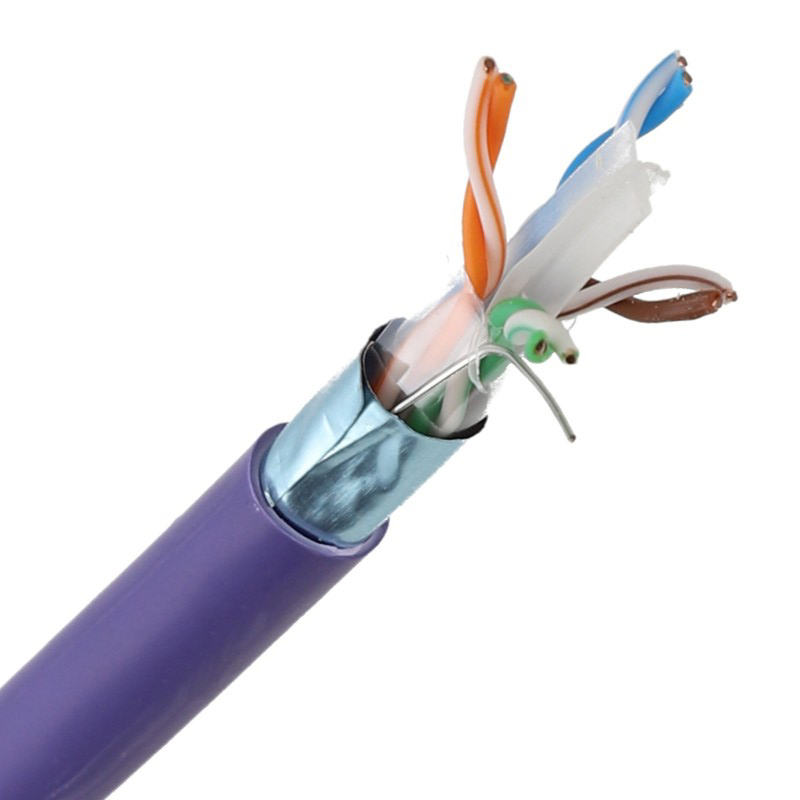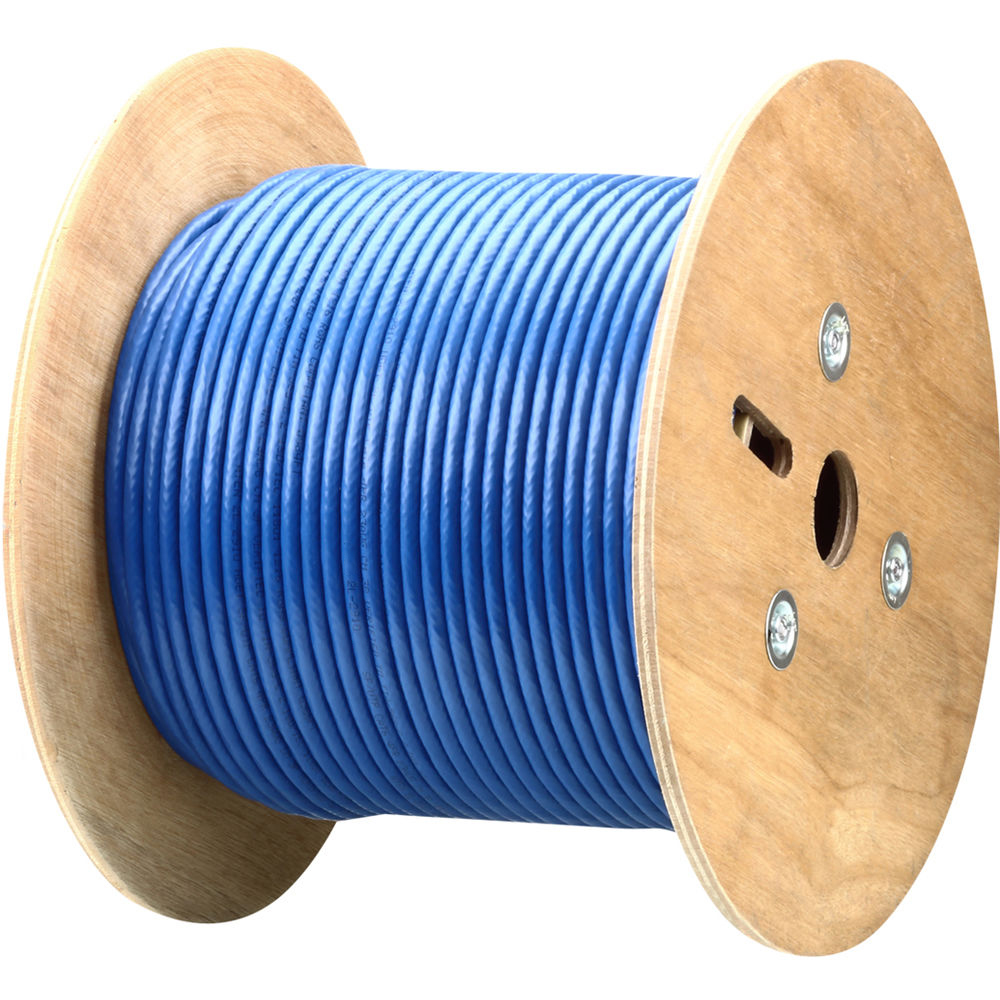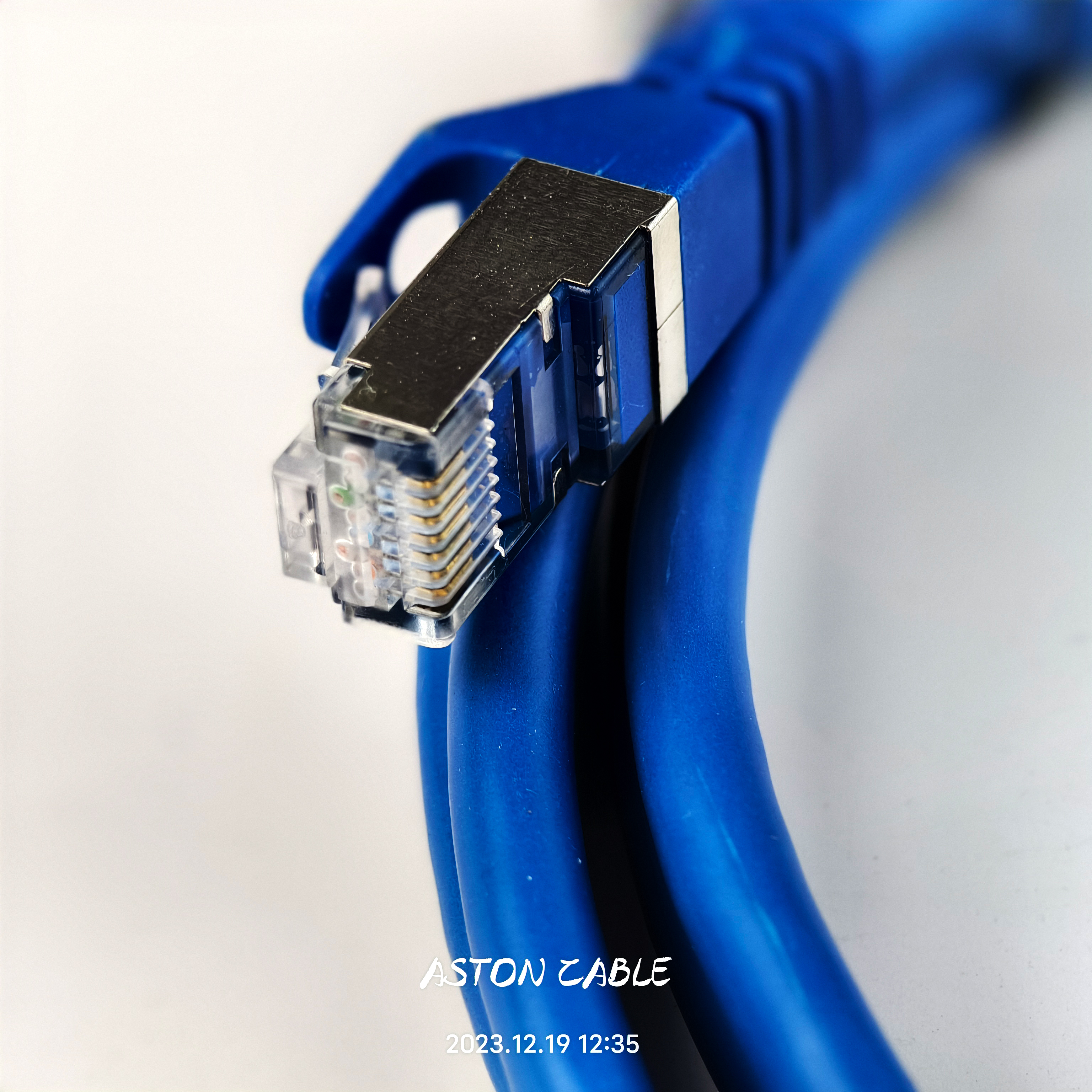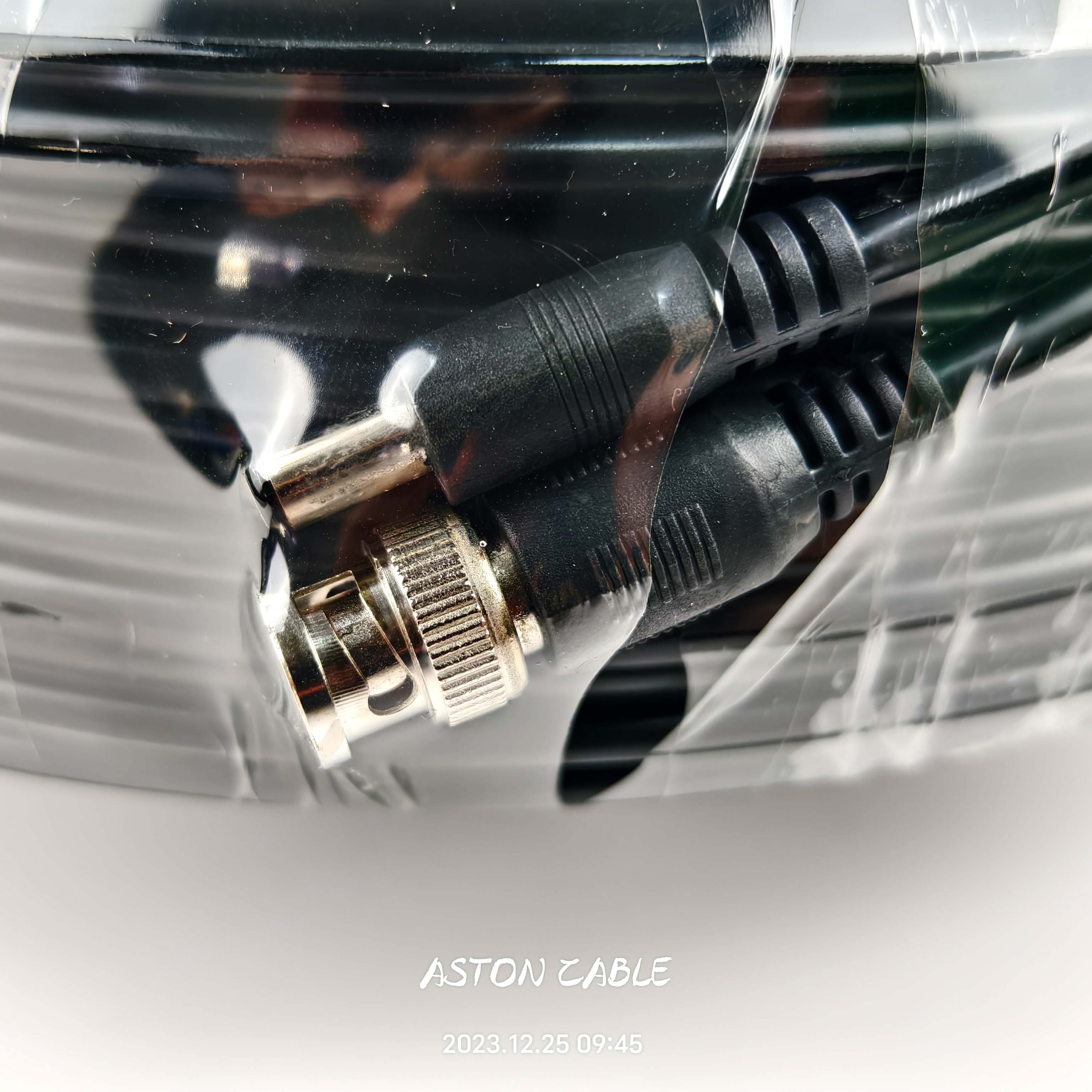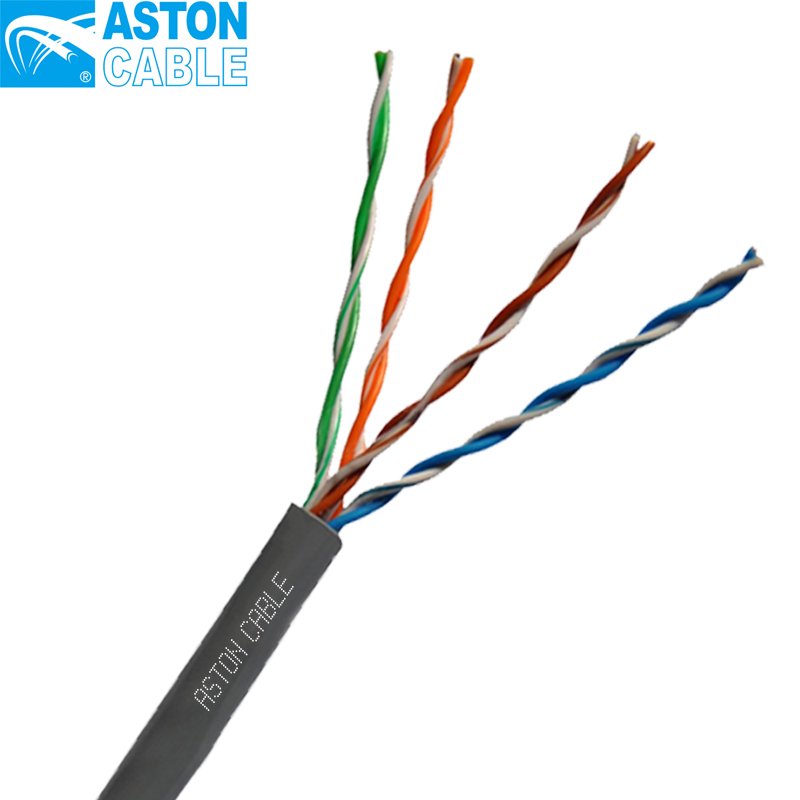· Product Details
| Place of Origin: | China |
| Brand Name: | ASTON or OEM |
| Certification: | SGS CE ROHS ISO9001 |
| Coaxial Cable Daily Output: | 200KM |
· Payment & Shipping
| Minimum Order Quantity: | 200rolls |
| Price(usd) | Negotiate |
| Packaging Details: | Normal export packaging |
| Supply Ability : | 25000KM/Per year |
| Delivery Port: | Ningbo |
· Specification
|
Product Name: |
LAN CABLE CAT6 |
Jackets: |
PVC, LSZH, PE |
|
Color: |
customized |
Conductor: |
23AWG |
|
Material: |
Bare Copper |
Logo: |
OEM |
|
Industrial Use: |
Network data |
Origin: |
Hangzhou Zhejiang |
· Quick detail
Conductor: Bare Copper Solid or Stranded Flexible section in 23AWG
Core: 4Pairs stranded conductor
Insulation: PE
Retardant meet the requirement of IEC.
Outer Jacket: PVC, PE or LSZH
Flame Retardant meet the requirement of IEC.
Shielding: Aluminum/Polyester, Foil 110% Coverage
Drain Wire: CCA/Bare Copper Solid or Stranded
· Description
What is CAT6 Cable?
CAT6, derived from Category 6, came out only a few years after CAT5e. CAT6 is a standardized twisted pair cable for Ethernet that is backward compatible with CAT5/5e and CAT3 cable standards.
Like CAT5e, CAT6 cables support Gigabit Ethernet segments up to 100 m, but they also allow for use in 10-Gigabit networks over a limited distance. At the beginning of this century, CAT5e typically ran to the workstations, whereas CAT6 was used as the backbone infrastructure from router to switches.
CAT5e vs. CAT6 Bandwidth
Both CAT5e and CAT6 can handle speeds of up to 1000 Mbps, or a Gigabit per second. This is more than sufficient for the speed of by far the most internet connections. The chance is small that you currently have an internet connection with which you can achieve up to 500 Mbps speed.
The main difference between CAT5e and CAT6 cable lies within the bandwidth, the cable can support for data transfer. CAT6 cables are designed for operating frequencies up to 250 MHz, compared to 100 MHz for CAT5e. This means that a CAT6 cable can process more data at the same time. Think of it as the difference between a 2- and a 4-lane highway. On you can drive the same speed, but a 4-lane highway can handle much more traffic at the same time.
CAT5e vs. CAT6 Speed
Because CAT6 cables perform up to 250 MHz which is more than twice that of CAT5e cables (100 MHz), they offer speeds up to 10GBASE-T or 10-Gigabit Ethernet, whereas CAT5e cables can support up to 1GBASE-T or 1-Gigabit Ethernet.
· Product Display
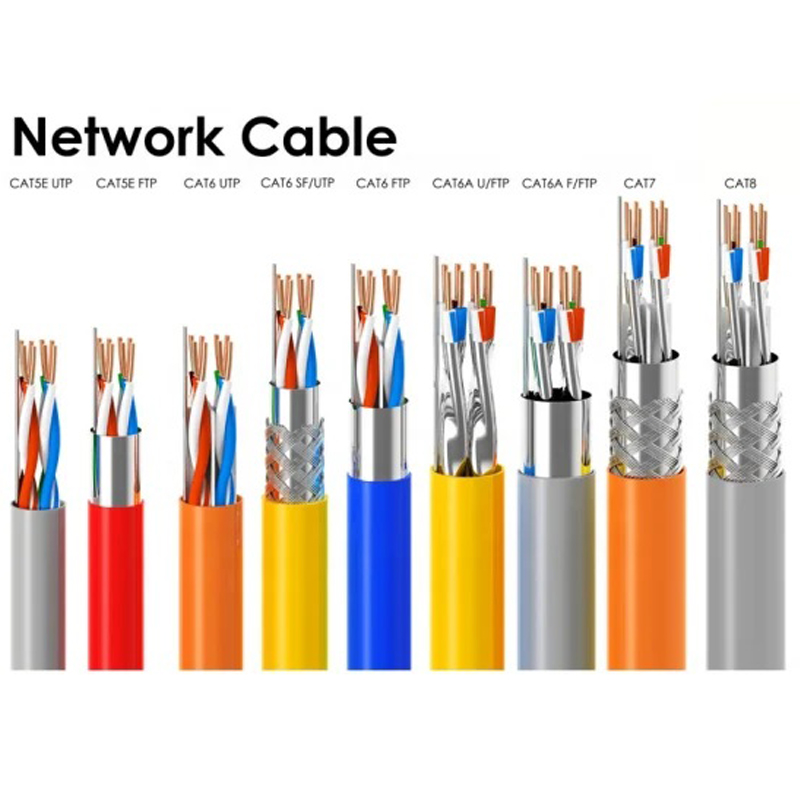 |
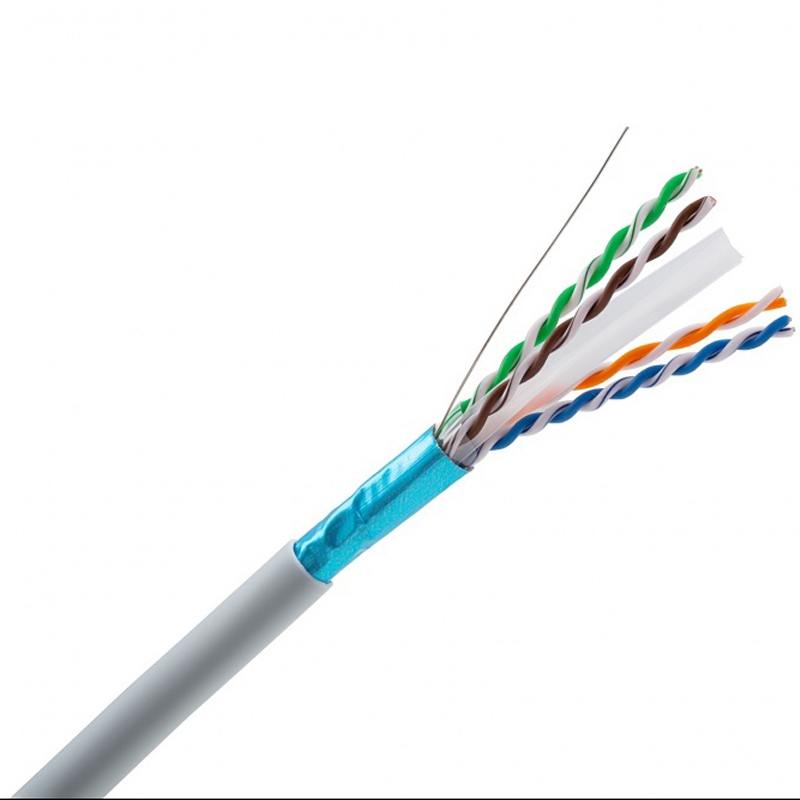 |






